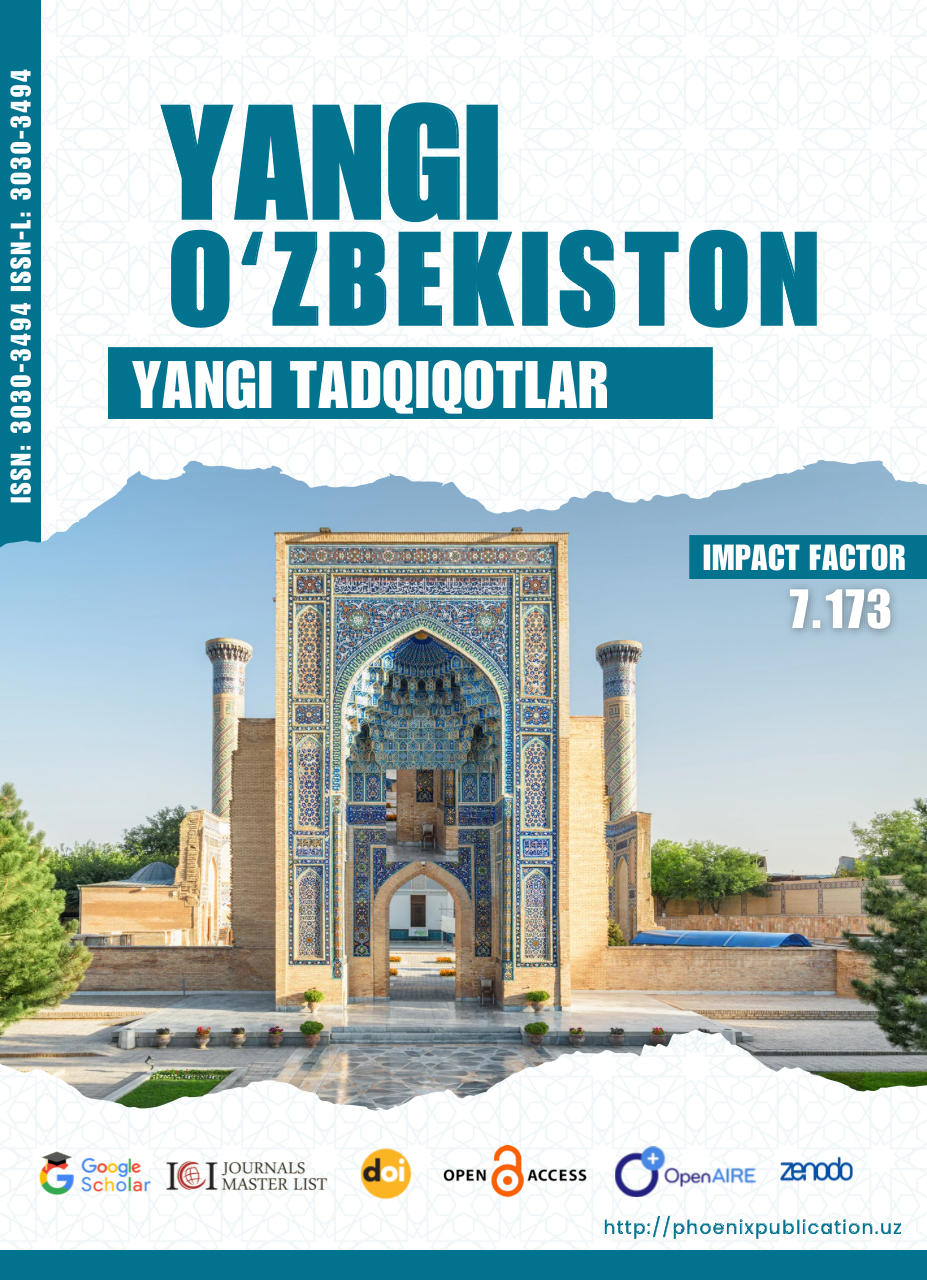Abstract
Translation studies in contemporary linguistics have acquired a fundamental role not only as a tool for interlingual communication but also as a theoretical platform for understanding the deep mechanisms of language, meaning, and culture. The field integrates linguistic theory, cultural analysis, cognitive science, and technological innovations to explain how texts and contexts are transferred across languages. This article explores the contribution of translation studies to semantic equivalence, discourse analysis, pragmatics, sociolinguistics, and intercultural communication. It further highlights the significance of translation in preserving linguistic diversity, shaping digital technologies such as machine translation, and developing applied approaches in education and multilingual societies. By analyzing translation as both a linguistic and cultural process, the paper emphasizes its interdisciplinary role in shaping modern linguistics.
References
1. Юнг К. Г. Символы трансформации. – М.: Академический проект, 2015. – 608 с.
2. Campbell J. The Hero with a Thousand Faces. – Princeton: Princeton University Press, 2014. – 416 p.
3. Бодкин М. Архетипические образы в поэзии: психологические исследования воображения. – Оксфорд: Oxford University Press, 1934. – 367 p.
4. von Franz M.-L. The Interpretation of Fairy Tales. – Boston: Shambhala, 2016. – 224 p.
5. Neumann E. The Great Mother: An Analysis of the Archetype. – Princeton: Princeton University Press, 2012. – 376 p.
